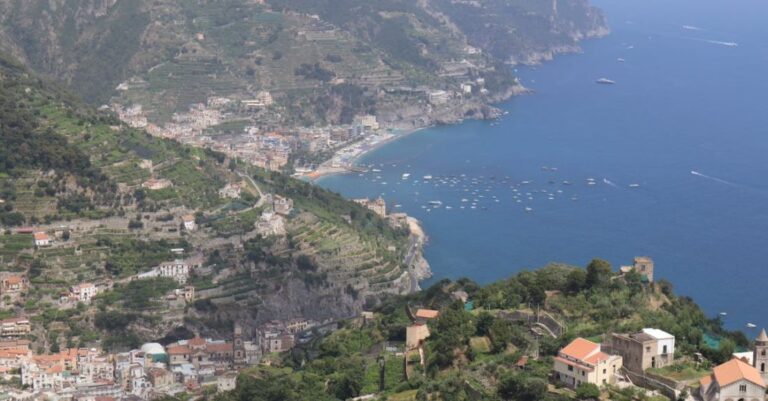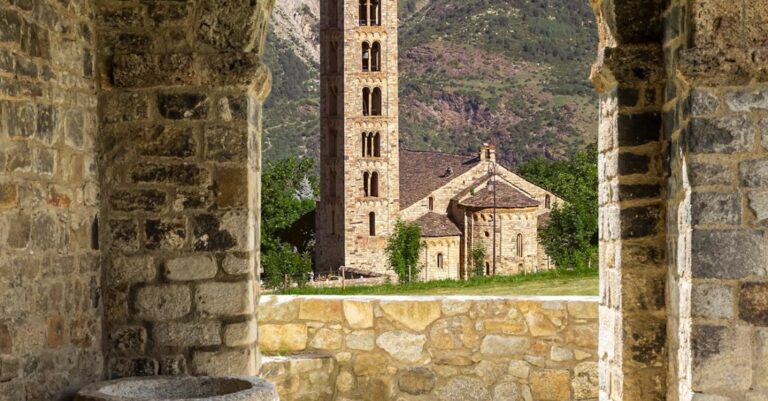
Remote villages hold a unique charm that is often untouched by modernity. Their picturesque landscapes, traditional architecture, and close-knit communities offer a glimpse into a simpler way of life. However, with the rapid pace of development and urbanization, these villages are at risk of losing their distinct character. It is essential to take steps to preserve the charm of remote villages for future generations to appreciate and enjoy.
Embrace Sustainable Tourism Practices
Sustainable tourism is crucial for preserving the charm of remote villages while still generating income for the local community. Encouraging responsible tourism practices can help minimize the negative impact on the environment and culture of the village. By promoting eco-friendly accommodations, supporting locally-owned businesses, and educating visitors about the importance of preserving the village’s heritage, sustainable tourism can help ensure the long-term sustainability of these remote communities.
Maintain Traditional Architecture
The traditional architecture of remote villages is often a significant part of their charm. From quaint cottages to ancient stone buildings, these architectural marvels tell the story of the village’s history and culture. It is essential to preserve and maintain these structures to retain the village’s authenticity. Local authorities and residents can work together to implement conservation efforts, such as regular maintenance, restoration projects, and strict building regulations to ensure that the architectural heritage of the village remains intact.
Support Local Artisans and Craftsmanship
Many remote villages are known for their unique artisanal crafts and traditional craftsmanship. These skills are passed down through generations and play a vital role in preserving the cultural identity of the village. By supporting local artisans and craftsmen, villagers can ensure that these traditional skills continue to thrive. Encouraging the production and sale of artisanal products, organizing workshops and events, and providing training opportunities can help sustain these valuable traditions and contribute to the economic development of the village.
Protect Natural Landscapes and Biodiversity
The natural landscapes surrounding remote villages are often pristine and untouched, teeming with biodiversity and ecological significance. It is essential to protect these natural areas from unsustainable development and environmental degradation. Implementing conservation initiatives, such as creating protected areas, enforcing wildlife protection laws, and promoting sustainable land management practices, can help safeguard the natural beauty and biodiversity of the village surroundings. Residents and visitors alike can also play a role in preserving these landscapes by practicing responsible tourism and minimizing their impact on the environment.
Foster Community Engagement and Participation
Preserving the charm of remote villages requires the active involvement of the local community. By fostering community engagement and participation, villagers can take ownership of initiatives aimed at preserving their heritage and culture. Organizing community events, cultural festivals, and heritage conservation programs can help build a sense of pride and belonging among residents. Engaging with local schools, youth groups, and community organizations can also help educate the next generation about the importance of preserving the village’s charm for years to come.
Conclusion:
In conclusion, preserving the charm of remote villages is essential for maintaining the unique cultural and natural heritage that these communities offer. By embracing sustainable tourism practices, maintaining traditional architecture, supporting local artisans, protecting natural landscapes, and fostering community engagement, villagers can ensure that their way of life continues to thrive for generations to come. It is crucial to take proactive measures now to safeguard the charm of remote villages and preserve their authenticity and beauty for the future.




